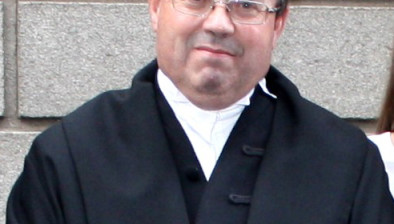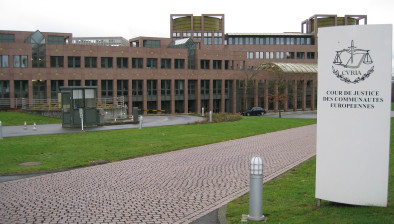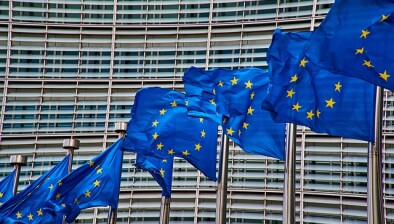Analysis: Supreme Court makes preliminary reference to CJEU on validity of a combination product SPC

Colette Brady and Laura Scott
William Fry partners Colette Brady and Laura Scott give an update on litigation concerning EU law on supplementary protection certificates.
Merck Sharp & Dohme (MSD) brought an appeal to the Supreme Court following its unsuccessful appeal to the Court of Appeal against the High Court’s finding that its supplementary protection certificate (SPC) for its cholesterol-reducing combination product, Inegy, was invalid under Articles 3(a) and 3(c) of Regulation No 469/2009 (SPC Regulation). Read our update on the Court of Appeal judgment here.
In its decision of 21 February 2022, the Court held that a reference to the CJEU was required to enable it to give judgment. The Court found that the interpretation of the SPC Regulation could not be said to be acte clair (meaning clear beyond a reasonable doubt) despite several decisions of the CJEU on its application and interpretation, particularly in circumstances where two or more SPCs have been granted in respect of products covered by a single national patent. The Supreme Court judgment is accessible here.
The Supreme Court, therefore, made a request for a preliminary ruling by the CJEU on the following four questions:
-
-
For the purpose of the grant of a supplementary protection certificate, and for the validity of that SPC in law, under Article 3(a) of Regulation (EC) No 469/2009 concerning the supplementary protection certificate for medicinal products [2009] OJL152/1, does it suffice that the product for which the SPC is granted is expressly identified in the patent claims, and covered by it; or is it necessary for the grant of an SPC that the patent holder, who has been granted a marketing authorisation, also demonstrate novelty or inventiveness or that the product falls within a narrower concept described as the invention covered by the patent?
-
If the latter, the invention covered by the patent, what must be established by the patent holder and marketing authorisation holder to obtain a valid SPC?
-
-
Where, as in this case, the patent is for a particular drug, ezetimibe, and the claims in the patent teach that the application in human medicine may be for the use of that drug alone or in combination with another drug, here, simvastatin, a drug in the public domain, can an SPC be granted under Article 3(a) of the Regulation only for a product comprising ezetimibe, a monotherapy, or can an SPC also be granted for any or all of the combination products identified in the claims in the patent?
-
Where a monotherapy, drug A, in this case ezetimibe, is granted an SPC, or any combination therapy is first granted an SPC for drugs A and B as a combination therapy, which are part of the claims in the patent, though only drug A is itself novel and thus patented, with other drugs being already known or in the public domain; is the grant of an SPC limited to the first marketing of either that monotherapy of drug A or that first combination therapy granted an SPC, A+B, so that, following that first grant, there cannot be a second or third grant of an SPC for the monotherapy or any combination therapy apart from that first combination granted an SPC?
-
If the claims of a patent cover both a single novel molecule and a combination of that molecule with an existing and known drug, perhaps in the public domain, or several such claims for a combination, does Article 3(c) of the Regulation limit the grant of an SPC;
-
only to the single molecule if marketed as a product,
-
the first marketing of a product covered by the patent whether this is the monotherapy of the drug covered by the basic patent in force or the first combination therapy, or
-
either (1) or (2) at the election of the patentee irrespective of the date of market authorisation?
And if any of the above, why?
-
It remains to be confirmed whether the questions proposed by the Court will be accepted by the CJEU.
![]()
- Colette Brady and Laura Scott are partners at William Fry.








